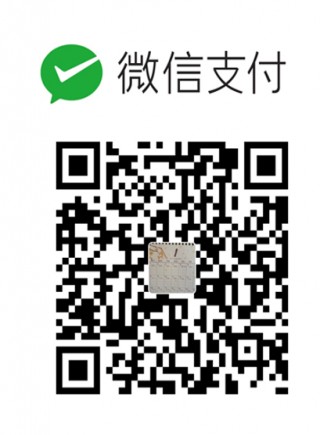First, let's compare the algorithms you listed. All algorithms you mentioned are variations of greedy heuristic clustering and are all made by Robert Edgar. They all group similar reads using his global alignment heuristics.
uclust (the oldest. Was not designed for OTU picking but was used for OTU picking by the Earth Microbiome Project)
usearch (the newer and faster program. Uses the same underlying algorithm)
usearch61 (the even newer and even faster program. Uses the same underlying algorithm)
uparse (the newest, but still the same algorithm + de novo chimera checking. This uparse pipeline also recommends several preprocessing steps which dramatically reduce the number of extra, 'dust' OTUs which need filtering out afterwards. This is the first of these algorithms Edgar made especially for OTU picking. He made it with the goal of making 1 OTU per 1 species in benchmark data sets.)
All of these pieces of software are closed source. Qiime is focusing on supporting open source software, which is why it has added Swarm and SortMeRNA, two open source search and clustering tools. The program VSEARCH is an open source implementation of all these programs, which I'm pretty excited about.
So to answer your final question.
Is there any methods using the algorithm of UPARSE to pick OTUs in QIIME?
Nope. UPARSE is not supported by qiime.
